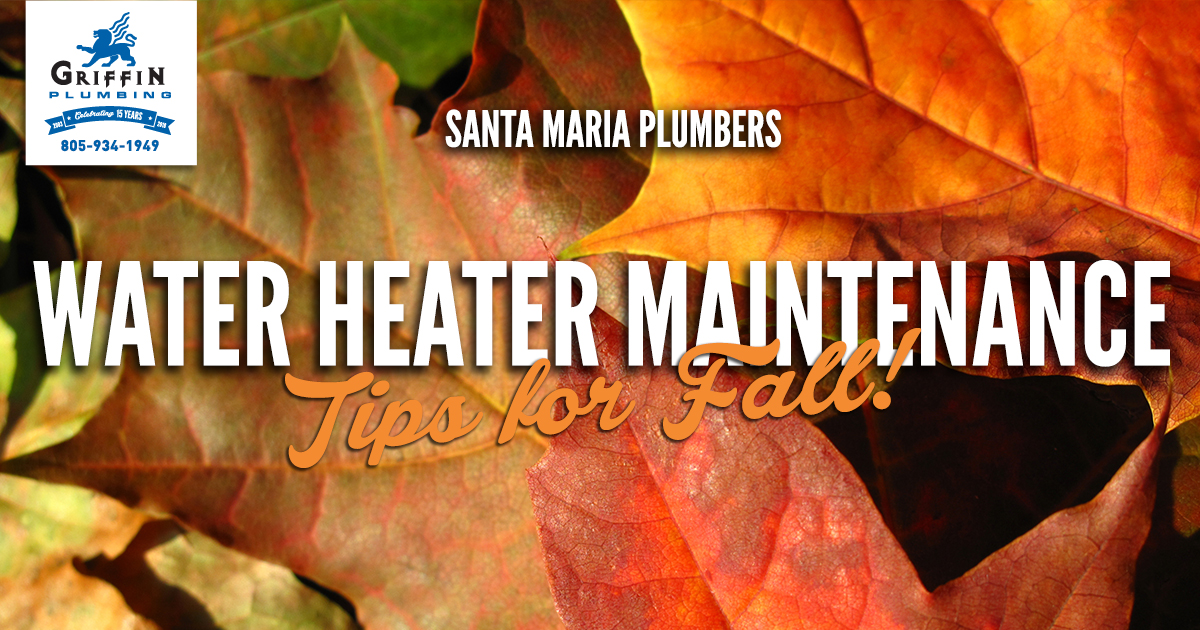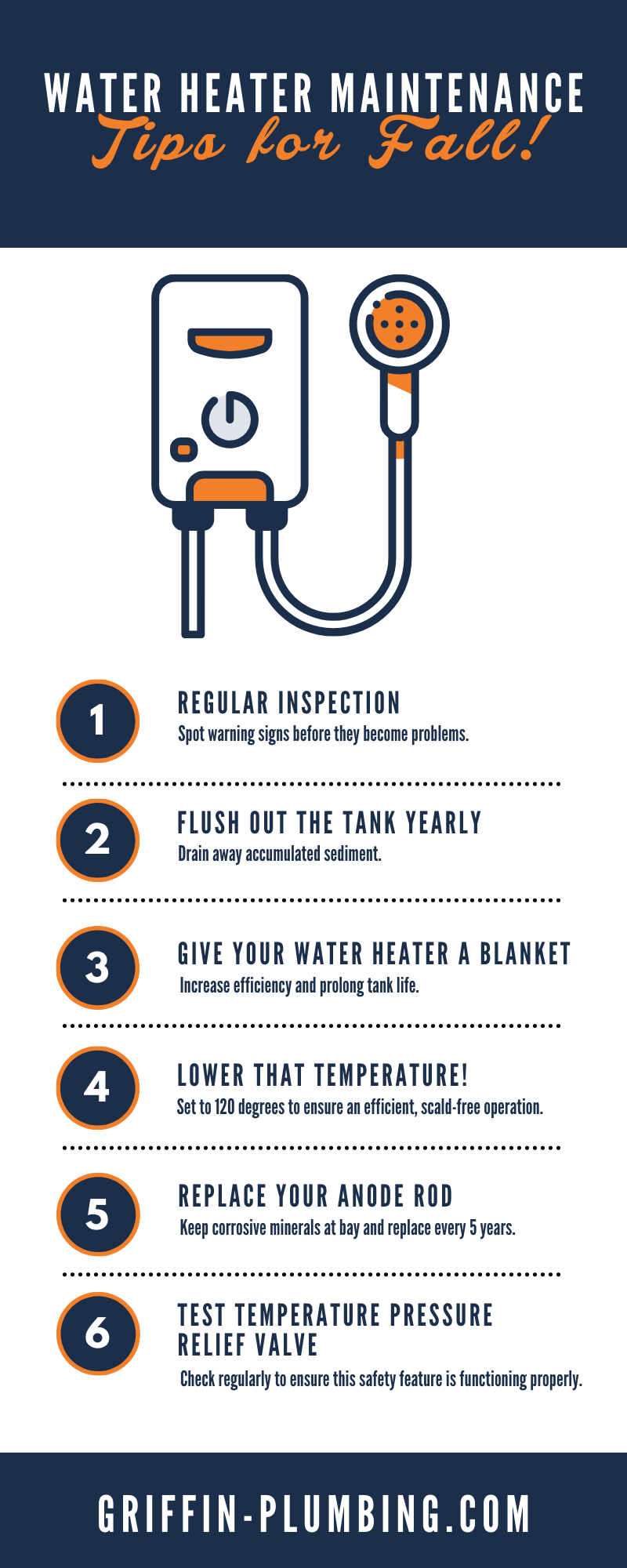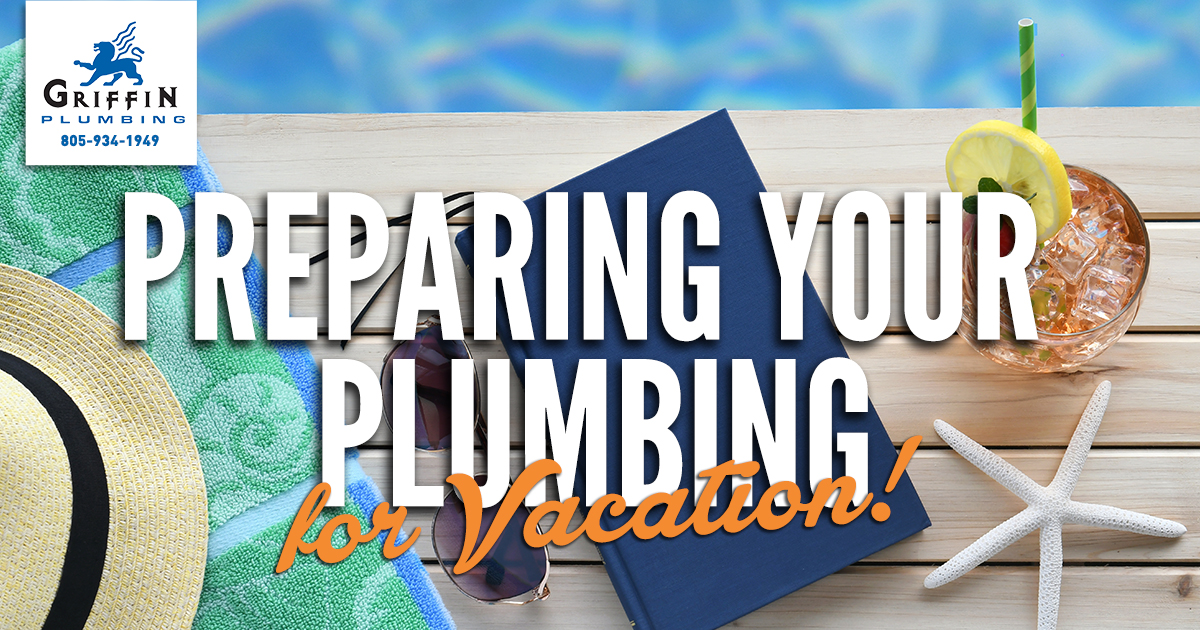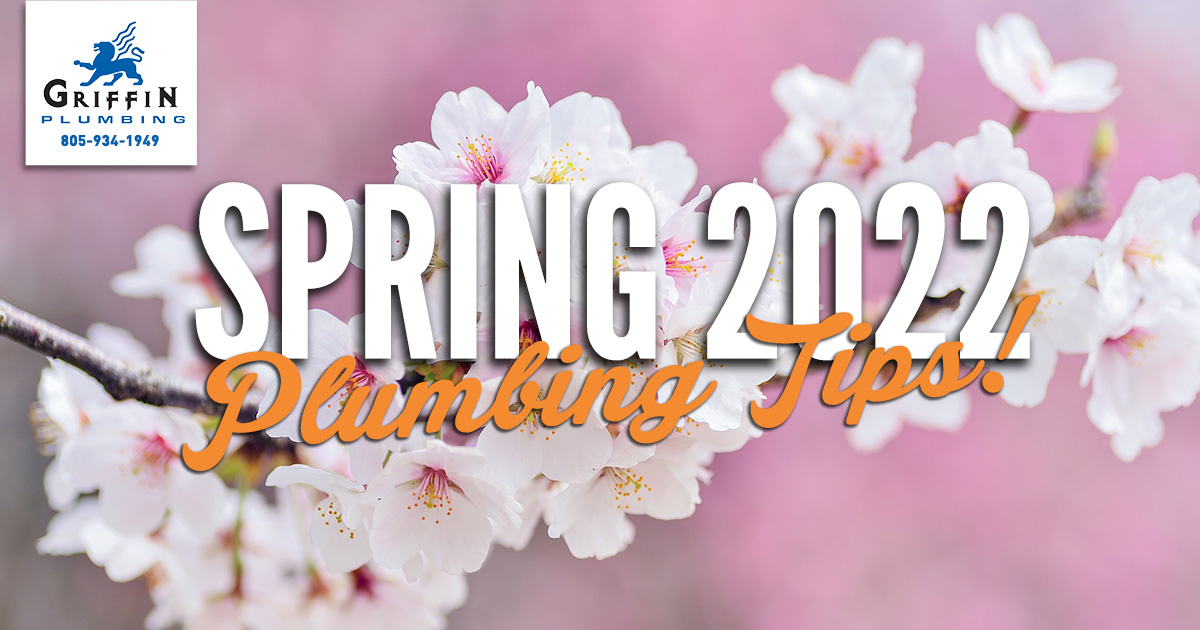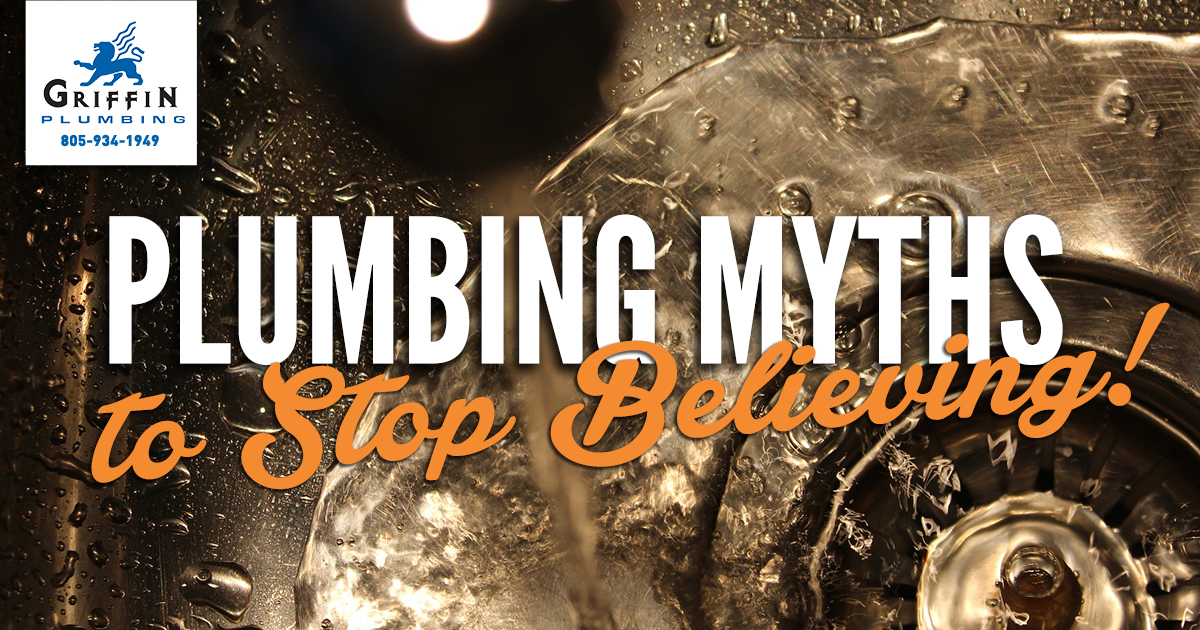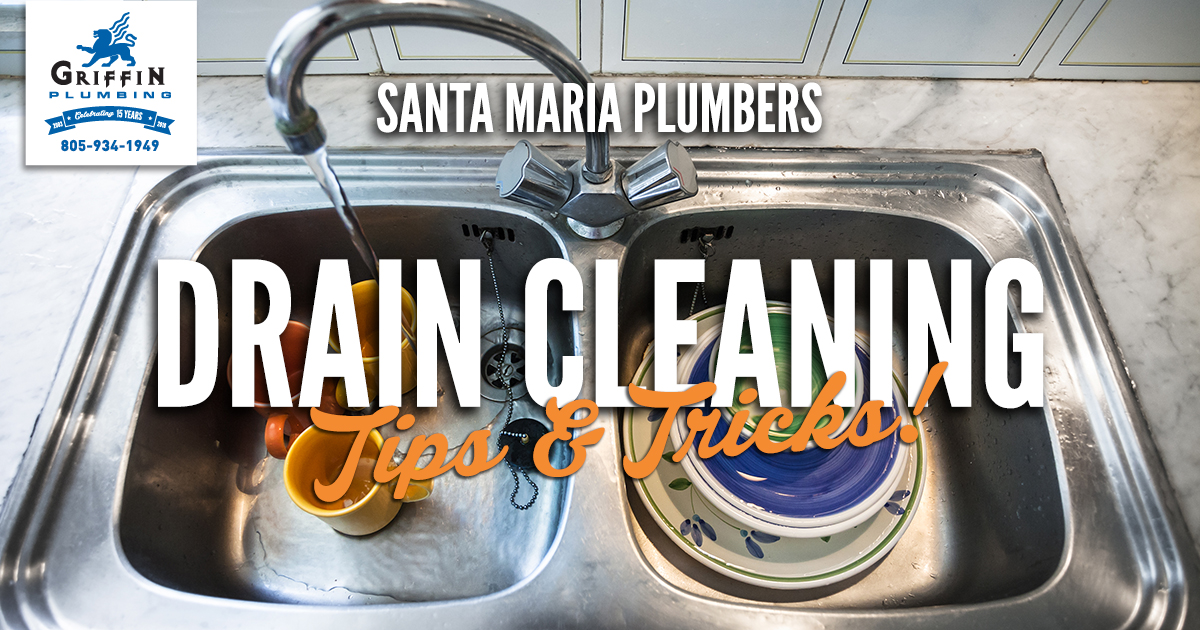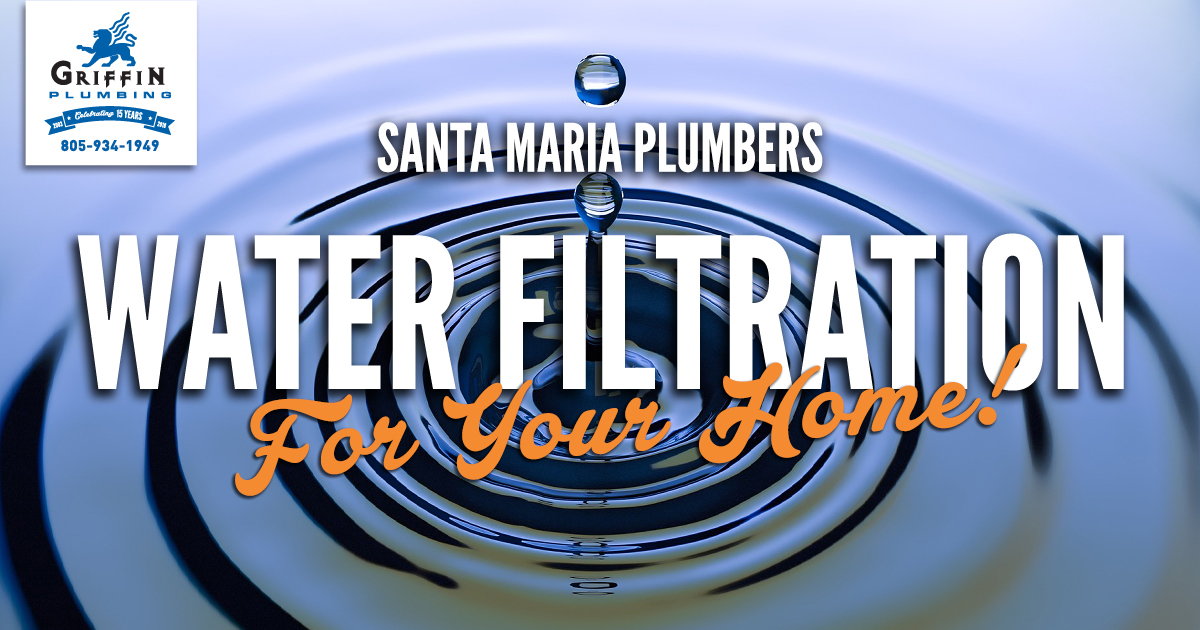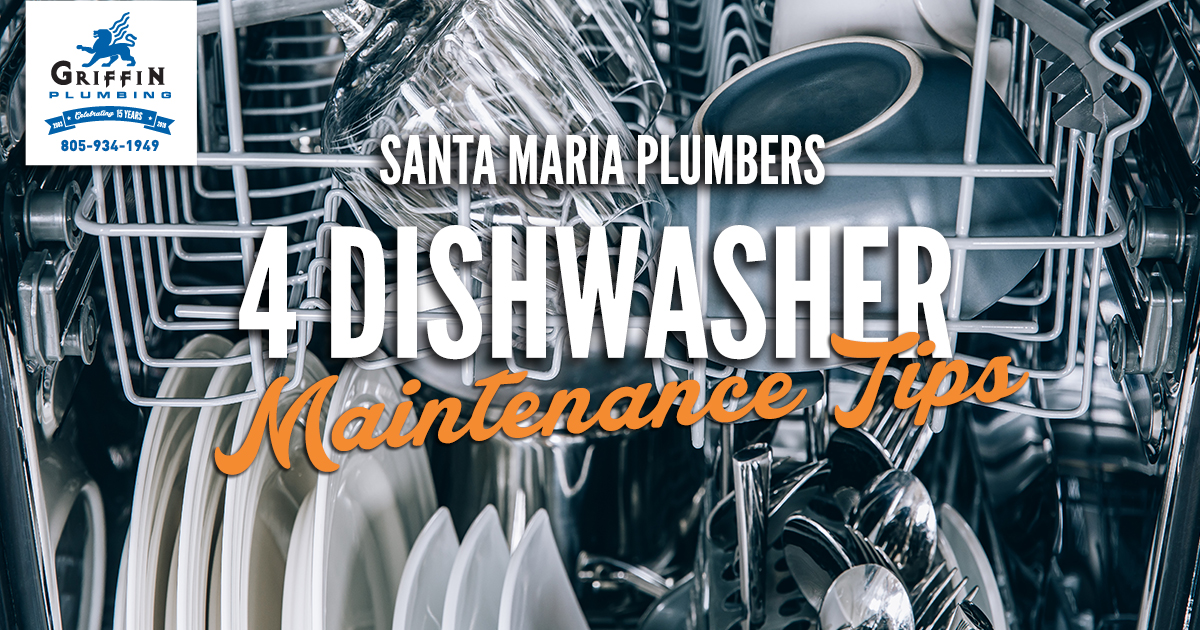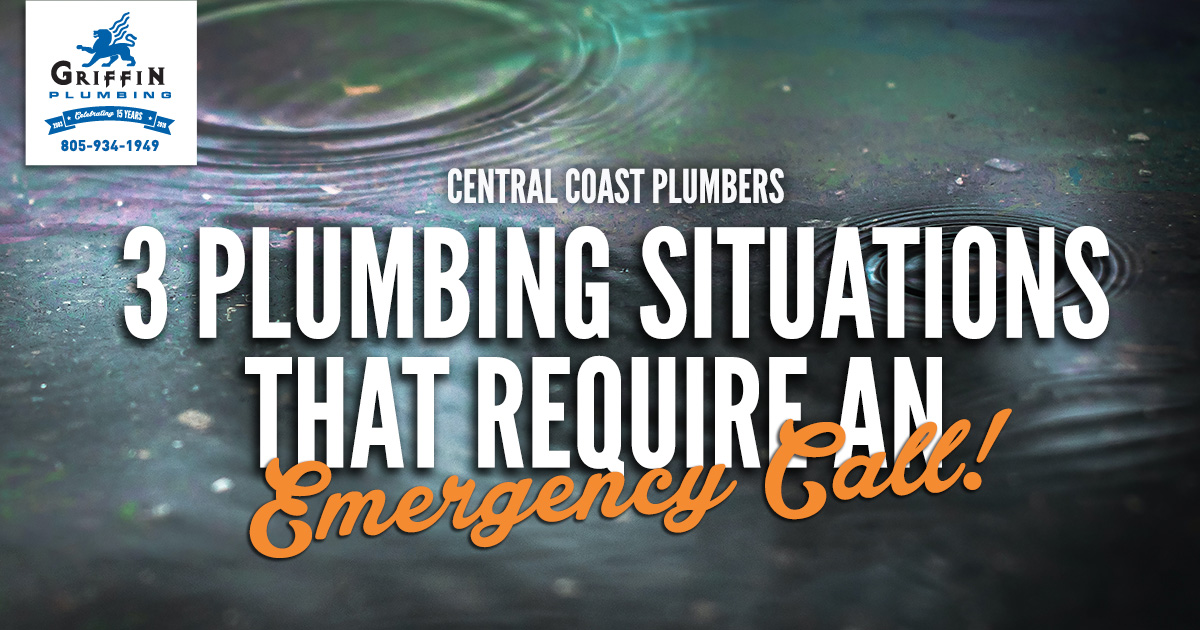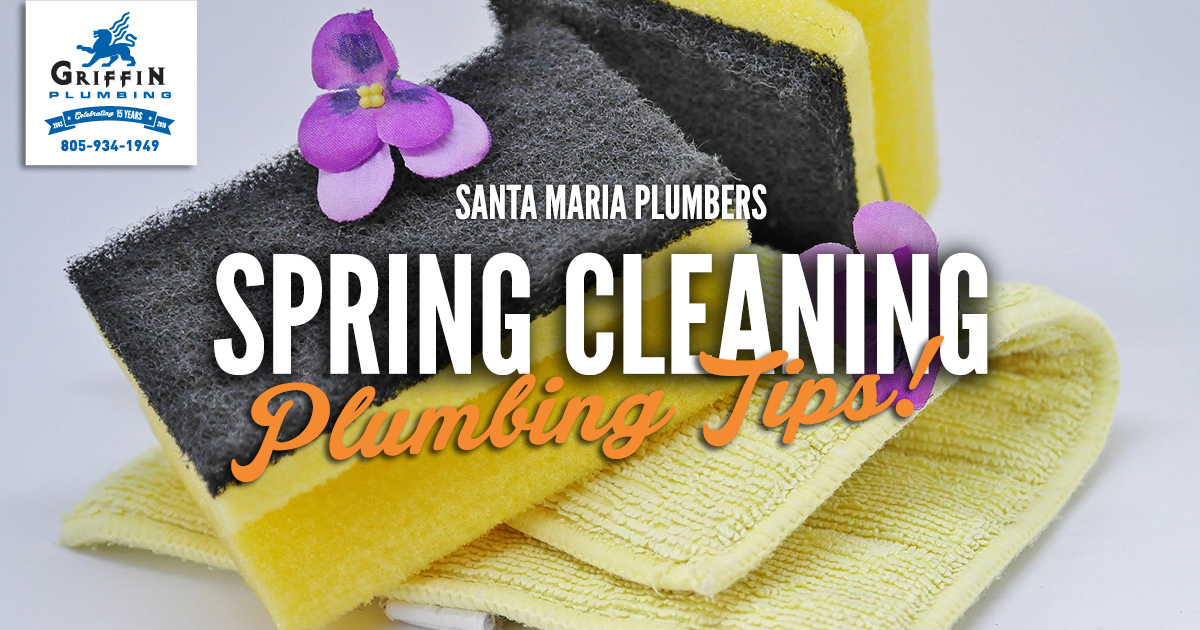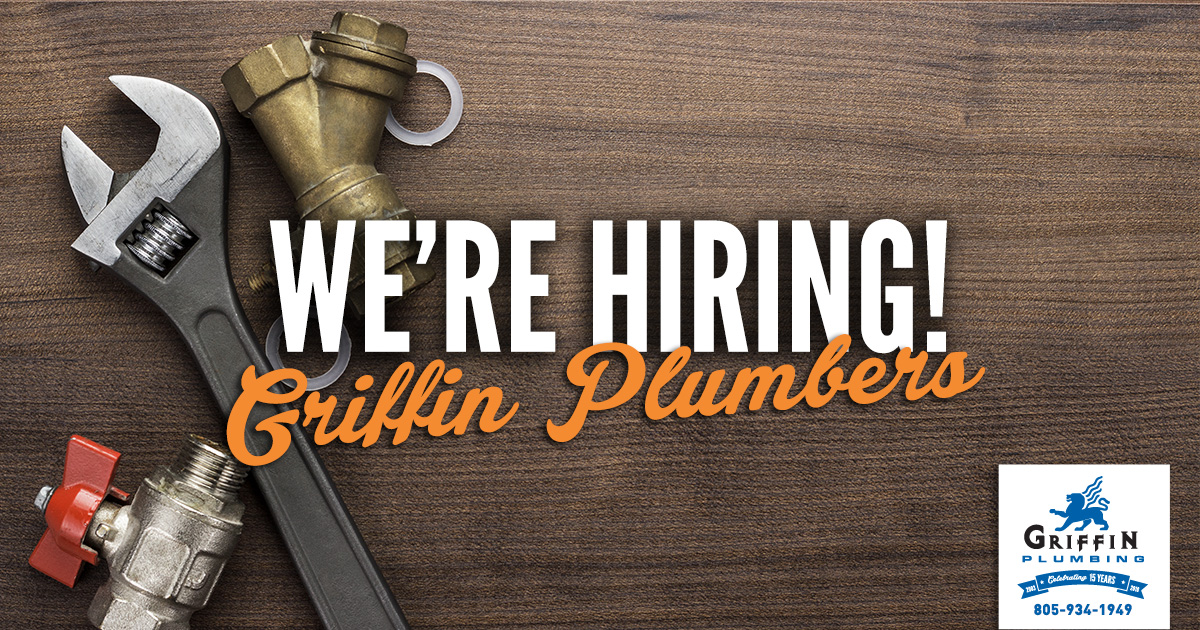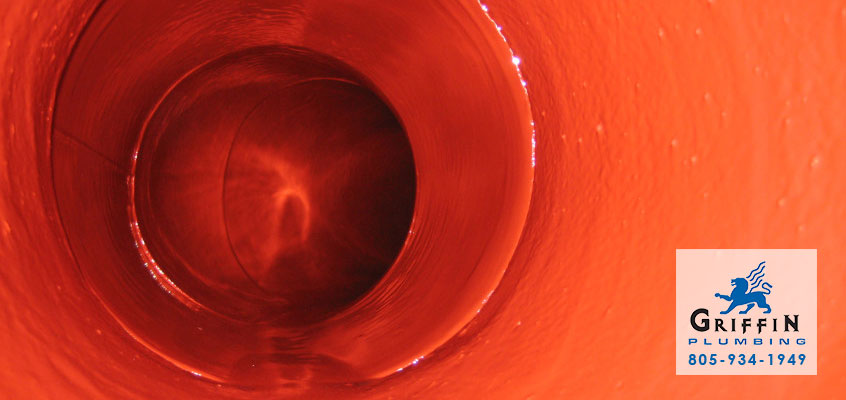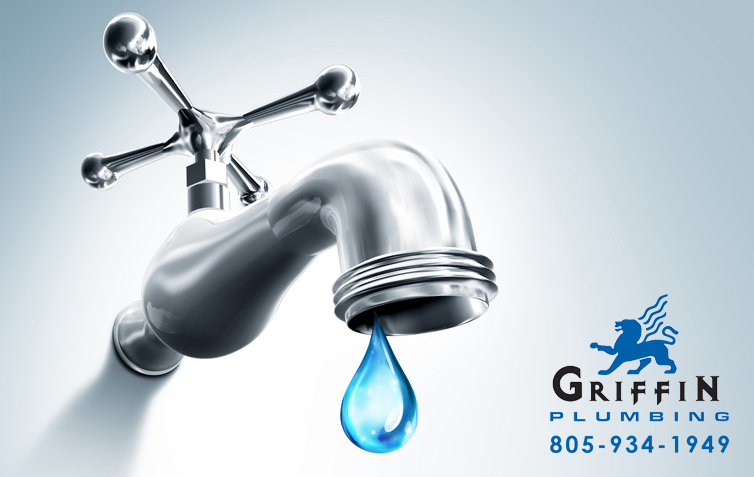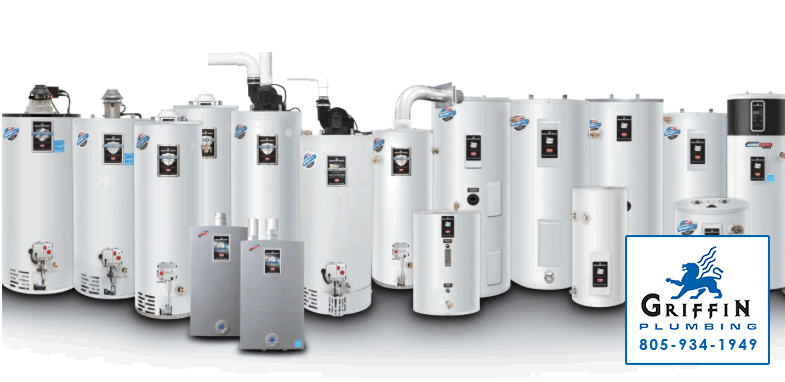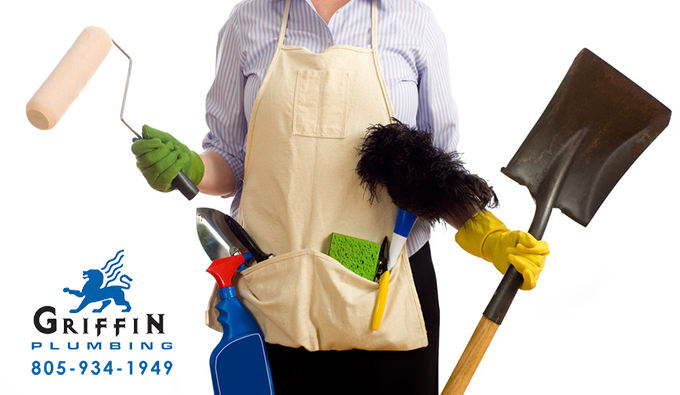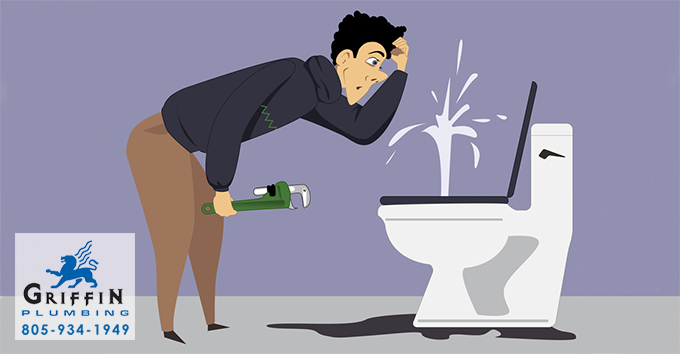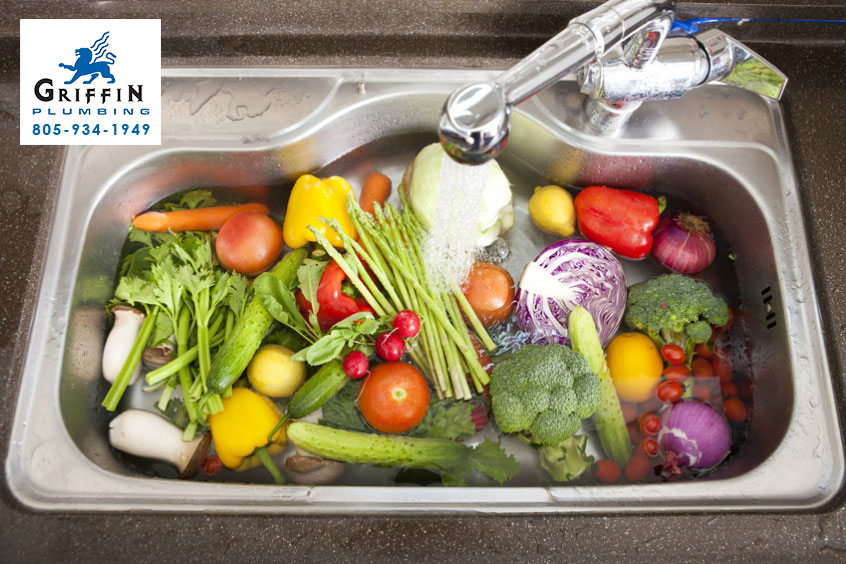As far as appliances go, the humble water heater doesn’t always get a lot of love. Hidden away in closets and garages, it’s easy to forget about them entirely—well, at least until you’re faced with the reality of a cold shower! Not to worry though, with the proper care and a few preventative maintenance tips from your friendly Santa Maria plumbers you can make sure you avoid that chilling prospect.
1. Regular Inspection
Taking the time to regularly inspect your water heater can catch potential issues before they turn into big problems, and require much bigger fixes. All it takes is a minute to check in on your water heater and make sure it’s operating appropriately and efficiently and free of any unusual noises.
2. Flush Out the Tank Yearly
Looking to save on your utility bill and prolong the life of your water heater? Flushing your water heater yearly will drain any accumulated sediment which can drastically reduce your water heater’s heating efficiency causing it to work harder than it needs to. Homes with hard water will need to be especially vigilant as sediment can accumulate much more quickly.
To effectively drain your water heater, all it takes is a little bit of time, a hose and access to your breaker box. Before draining it’s important to shut off the water and power to the water heater before attaching the hose to the drain spigot (usually located near the bottom of your water heater). Once you’ve allowed the water to cool, open the valve and let any sediment get carried away with the draining water. Once empty, you can refill it by turning the water to the tank back on, making sure the water heater fills completely before restoring power to the water heater, otherwise, it will put unnecessary strain on the heater as it tries to heat water that isn’t present.
3. Give Your Water Heater a Blanket
Insulating your water heater’s tank is responsible for many benefits. In addition to reducing energy expenses, it can also extend the overall lifespan of the water heater. By preventing heat from escaping, the heater won’t have to work as hard to heat the water. A win-win, this requires less energy to heat your water, which will lead to lower energy bills while also reducing the heating demands on the tank, which can significantly extend its service life.
4. Lower That Temperature!
Most water heaters are factory-set at a temperature far higher than necessary. Many water heaters are set as high as 140° when all household uses for hot water can be achieved with temperatures of 120° or lower. That being said, lowering the temperature to 120° on your hot water heater’s thermostat will not only lower your overall energy bill, but it can also prevent accidental scalding and injury.
5. Replace Your Anode Rod
First off, you might be asking yourself, “What is an anode rod, exactly?” An important component of your water heater, the anode rod is designed to attract the sediment and corrosive elements (such as various minerals in the water) so that they corrode the anode rod instead of the inner lining of your water heater’s tank.
Essential to the longevity of your water heater, the anode needs to be replaced regularly, generally around every five years. If your water heater’s anode rod has worn out, corrosive minerals can wreak havoc on the interior of the tank and can lead to premature failure of your entire water heater. With that in mind, ensuring that your water heater’s anode rod is functioning and in good working condition is essential for the long-term health of your water heater.
6. Test Temperature Pressure Relief Valve
It’s important to test the temperature pressure relief valve (TPR valve) on our water heater on a regular basis to ensure that it is operating as it is intended to. An important safety feature, the TPR valve is in place to relieve any excess pressure that can build up within a water heater before it can damage the tank or cause a catastrophic failure. You can test the TPR valve by placing a bucket beneath the discharge pipe connected to the valve. With a bucket in place, a bucket in place, lift the lever on the valve. If water comes out and stops when you lower the lever, the temperature pressure relief valve is working correctly. But, if water doesn’t come out or there is significant leakage after releasing the lever, it is likely that the valve will need to be replaced.
Regular inspection and maintenance can play a huge part in extending the life of your water heater while also saving you time and money on energy bills and premature replacement. Uncomfortable with performing any of the maintenance tasks outlined above? Not to fear, your friendly Santa Maria plumbers at Griffin Plumbing have you covered, call to schedule a fall maintenance inspection today!
